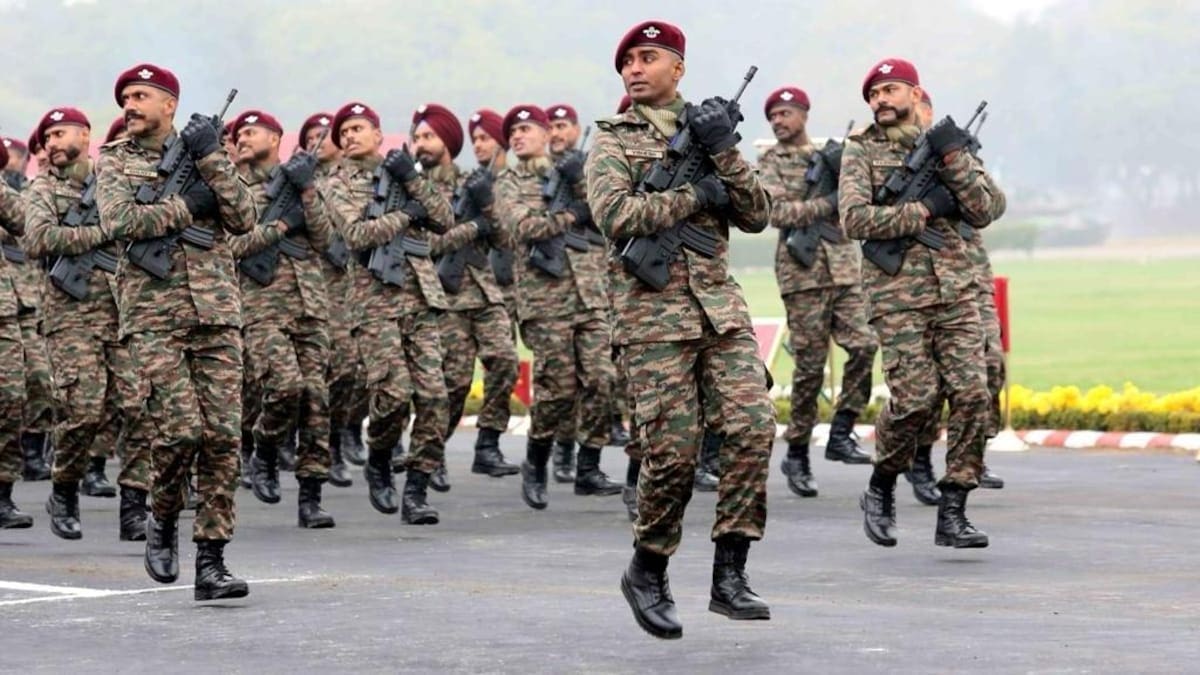
On the Army Day parade on January 15, 2022, the Para commandos of the Indian Army were seen wearing the Indian Army’s new digital camouflage uniform. This article will discuss the evolution of the Indian Army’s uniform from its introduction in 1895 as British Indian Army to present date.
East Indian Company
When the East India Company founded its rule in Bengal, they began recruiting Indians into the ranks of their Army. Their uniform resembled the scarlet tunic worn by the English soldiers serving the Crown. The red coat was the standard uniform of the British Empire and is worn by the Queen’s Guards even today. The British Indian Army adopted it to symbolize the Union Jack and signify British dominance. Some regiments also adopted different colors. Uniforms in yellow, green, gray, khaki, and blue were prevalent in the British Indian Army.
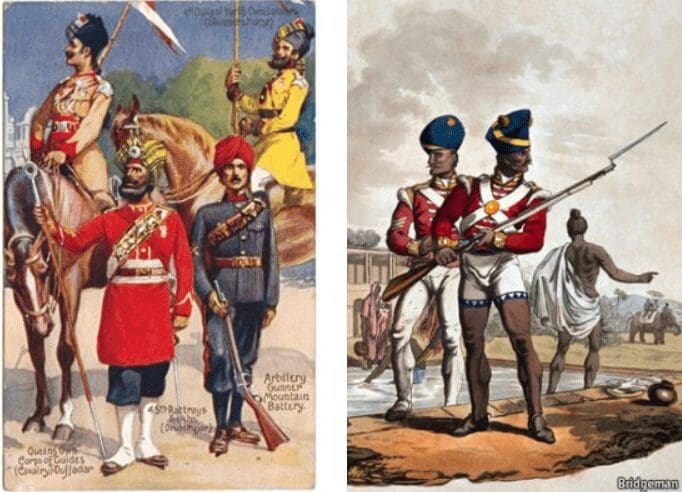
British Indian Army
The vibrantly colored uniforms of the Indian soldiers under the East Indian Company made them easy targets and led to a massive loss of life. Seeing this, the British Indian Army decided to transition to khaki uniforms as they were suitable for the Indian setting and were more comfortable as they absorbed less heat. British Indian troops extensively used these uniforms in the first and second World Wars. In addition, the British Indian troops were provided khaki shorts.
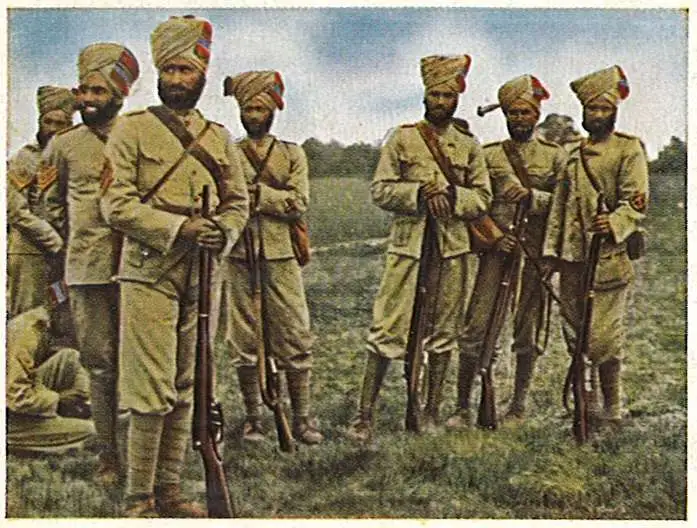
Indian Army
After independence in 1947, the British Indian Army became the Indian Army. They adopted the olive-green combat fatigues to distinguish themselves from the Pakistani Army, which has retained the khaki uniform and continues to use it as their ceremonial uniform even today. The olive-green fatigues became synonymous with the Indian Army. However, a few years later, the Army felt the need for a camouflage uniform. Hence a brushstroke camouflage uniform was inducted into the force, but the olive-green fatigues were retained as a general duty uniform. The brushstroke patterned uniform was inducted in the early 1980s. This was the first time a camouflaged combat uniform was inducted into the force. These combat fatigues helped soldiers blend into their surroundings and gave them an edge in combat operations.
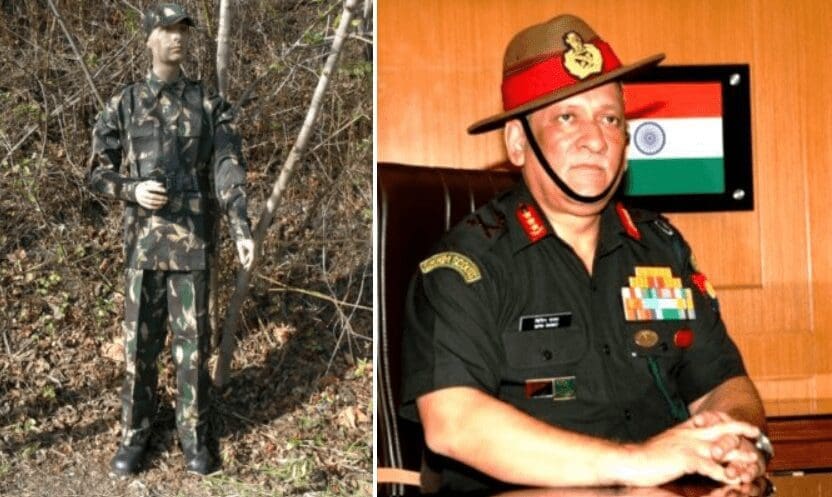
PC DPM
At the turn of the 19th century, the Indian Army adopted the PC DPM camouflage pattern. DPM stands for Distributed Pattern Material; the French Woodland DPM inspired the Indian PC DPM pattern. These camouflage patterns are perfect for most Indian conditions. These are the most effective in jungles and dense tropical forests. However, in the deserts of Rajasthan and the icy wastes of the Himalayas, the desert and tundra camouflage prove to be the most effective.

Other Uniforms
The mess uniform of the Indian Army is a white shirt with black trousers. The president’s bodyguard wears various red, white, and blue uniforms on numerous occasions. The NSG black cats and the armored corps wear black uniforms. The army aviation corps wear flight overalls similar to the Indian Air Force.
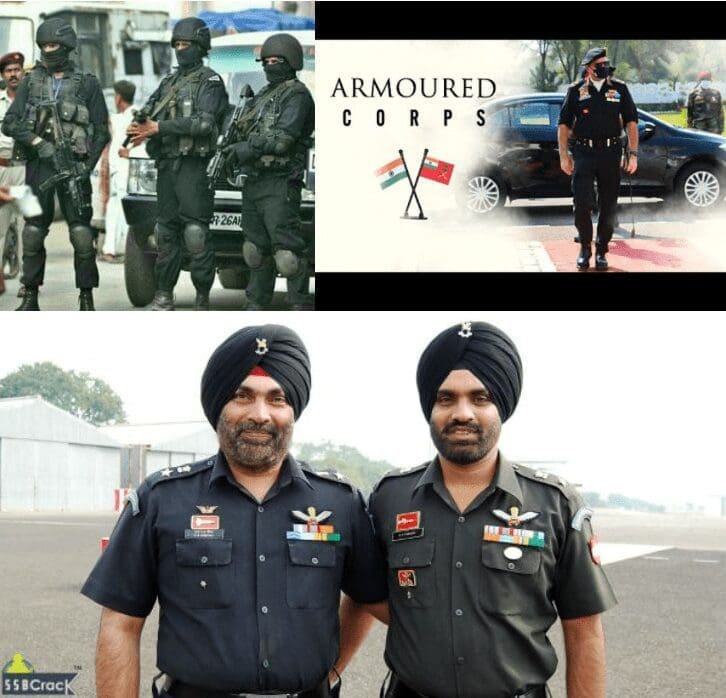
Latest Digital Camouflage
The digital camouflage uniform was unveiled on Army Day, 2022. It was designed in collaboration with the National Institute of Fashion Technology. The digital pattern is computer generated. It is more comfortable and offers improved camouflage capabilities. Unlike the old uniform, it is not tucked in and can be worn on all types of terrains. It is very similar to the uniforms worn by the US army. The uniform of the Indian Army has evolved over time and it will continue to evolve based on the needs of the Indian Army.


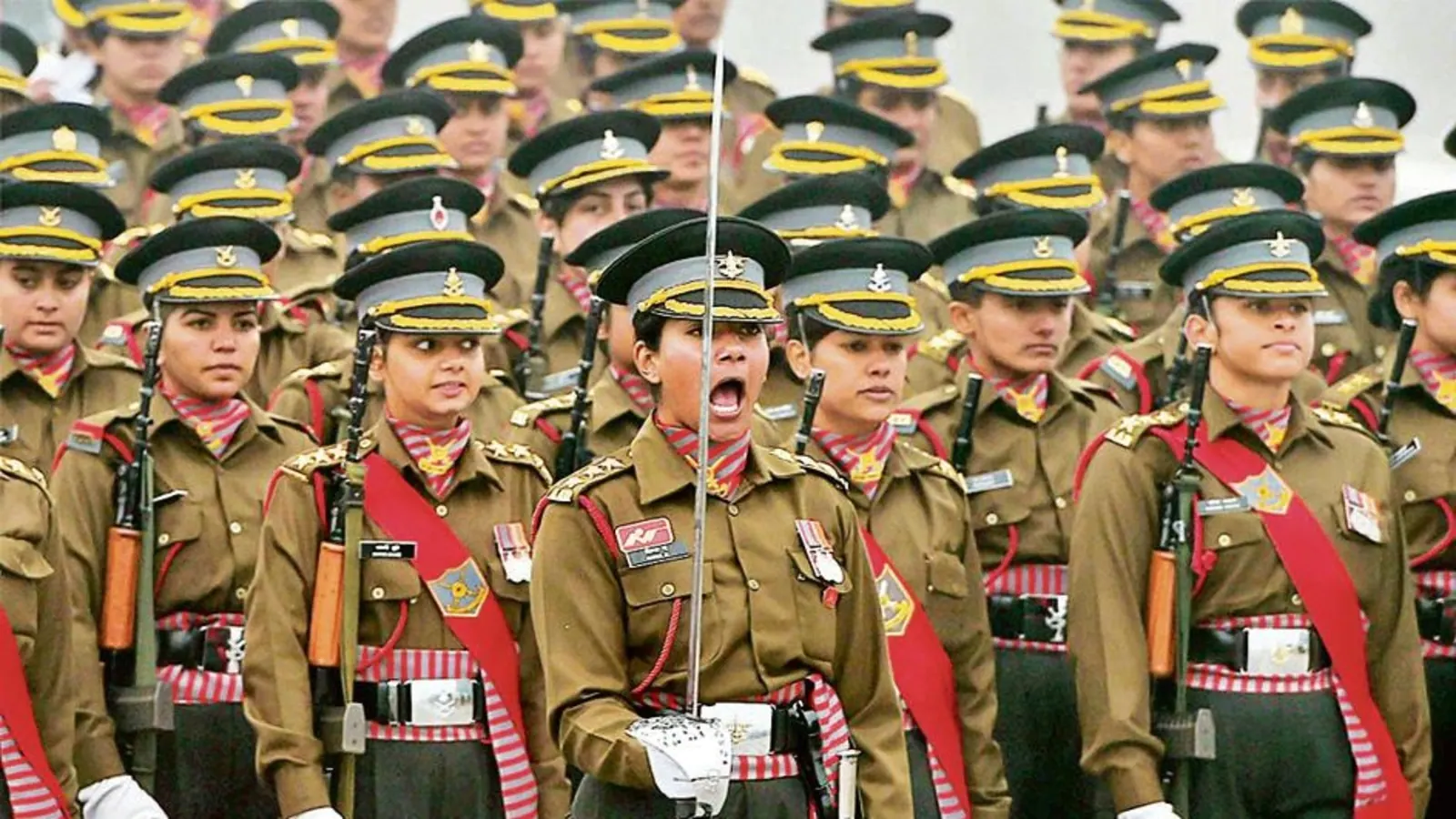
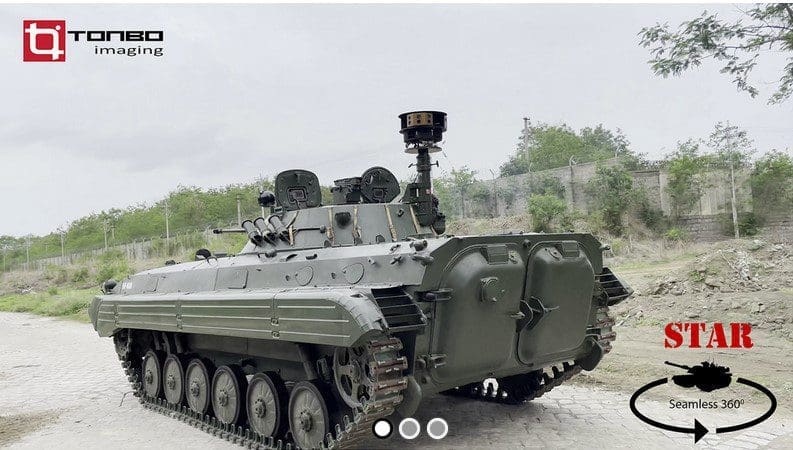

Good web site you have here.. It’s hard to find quality writing like yours nowadays.
I truly appreciate people like you! Take care!!